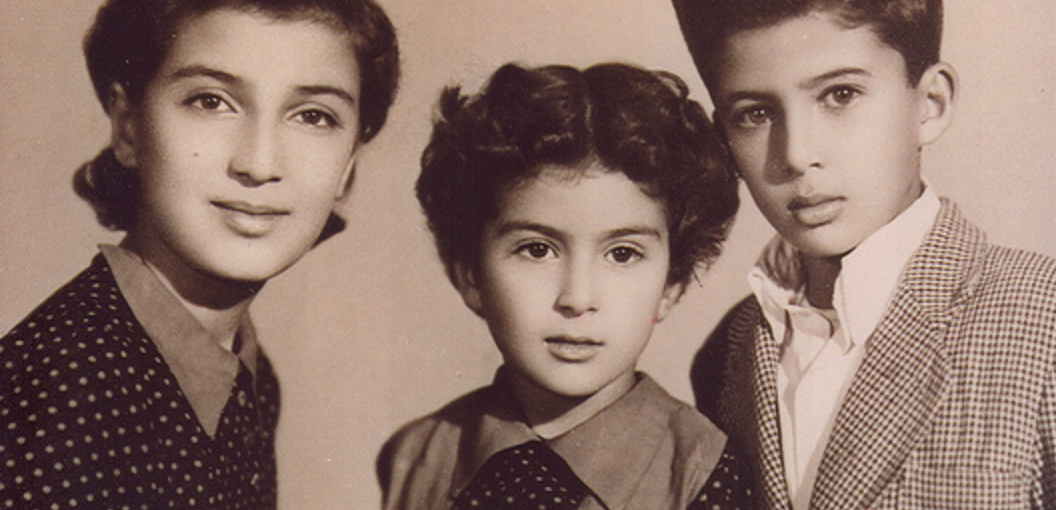[(Left to right) Neda, Ferdows, Mahnaz, and Farah] Farah returned to Iran in 1979 when the Ayatollah Khomeini came to power, living with her husband, Faramarz, and daughter, Neda, in Tehran. Following the Revolution, the government imposed more restrictions on citizens private life rolling back key advancements for women. In 1982, Farah and Neda went…
Author: mahnazafkhami

Early Inspiration
Mahnaz was born in 1941 in Kerman, Iran to a traditional family. When she was eleven, her mother, an independent-minded woman, separated from her father and later left Iran for the United States and worked her way through college. Mahnaz followed her mother’s example and worked various jobs, including as a sales clerk at a…
A Season of Change
Mahnaz returned to Iran in 1967 as a professor of literature at the National University of Iran, where she and her women students faced the challenge of negotiating their demand for independence, autonomy, and agency within a male-dominated culture and religion. She worked with her students to found the Association of University Women and together…
Revolution and Regression
The visibility of women became one of the main points of contention for the fundamentalist opposition to the Shah’s regime. Ayatollah Khomeini’s major contention was the presence of women in socio-political activity and their interference in the family laws. He had objected strongly to the franchise for women and had issued a fatwa that banned…
Preserving Iran's Culture and Heritage
The revolutionary government banned books of fiction and poetry, including the works of Ferdowsi and Hafez, Iran’s most revered poets. They made music and dance illegal. School books were changed to offer a revisionist history of Iran. Hundreds of thousands of Iranians moved abroad. Mahnaz worked with colleagues from the National University of Iran to…
Taking It Global
In developing a new identity and rebuilding her life in a new country, Mahnaz derived strength from the international women’s movement and rebuilt her ties to the network that had supported and sustained her work at home. She joined the advisory board of the women’s division of Human Rights Watch, the first of several human…
Birth of Women’s Learning Partnership
When her term at SIGI was completed in 2000, supported by colleagues and friends, Mahnaz founded a new organization– Women’s Learning Partnership for Rights, Development, and Peace (WLP). WLP’s mission is to help empower women in the Global South, especially Muslim majority countries of the Middle East, North Africa, and Central Asia, as well as…
